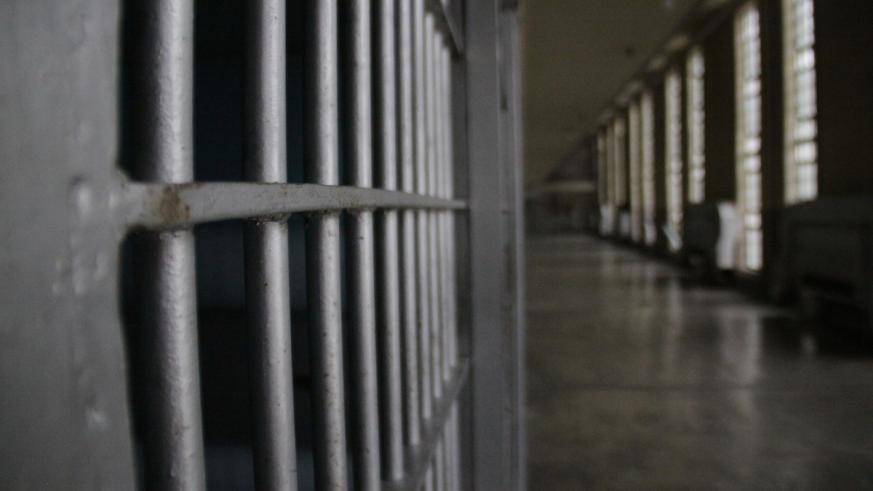New York’s prison population has been shrinking over the years, but one subset of inmates has seen a surge in numbers, and its prompting prison reform activists to demand action.
Though the prison population has dropped 17 percent over the last decade, the population of older adults in New York prisons has increased 46 percent in that same time, according to a new report from the Osborne Association, a nonprofit that works with those affected by the criminal justice system.
This is on par with a national trend: According to 2016 Bureau of Justice Statistics data, the number of prisoners 55 or older sentenced to more than a year in state prison had increased 400 percent between 1993 and 2013.
In New York, the association reports, those over 50 have a low rate of reoffense — 82 percent do not return to prison, compared to 57.4 percent of the entire prison population. And yet, the report states, release rates for these older incarcerated individuals remain low.
Older inmates tend to have an array of health issues that cost more in care. New York taxpayers spend between $100,000 and $240,000 annually on an elderly prisoner, per the report.
Being in prison also leads to a faster decline in health: Studies have shown that 40 percent of incarcerated older people are diagnosed with cognitive impairments, while it’s about 20 percent for those 65 and older who are not in prison.
“We need to take a hard look at what punishment and redemption really mean in our country,” said Elizabeth Gaynes, president and CEO of the Osborne Association, in a statement. “After spending decades behind bars, what is the value of continuing to imprison someone who has transformed and reformed or can barely walk or no longer remember why he or she is there?”
The report recommends that New York prisons train their staff to recognize and address age-related issues, like hearing loss or cognitive decline; retrofit prisons to make them more age-friendly; expand the use of parole to release more elderly prisoners and to help these prisoners re-enter society by connecting them with geriatric care, public benefits and reaching out to next of kin.
“The need to keep the aged in prison makes less and less sense,” said Brian Fischer, former Commissioner of the New York State Department of Corrections and Community Supervision, in a statement. “Combining early release with appropriate community placement assistance for this population can provide New York with an opportunity to address long-overdue criminal justice reform in a cost-effective and meaningful way.”
















